We’ll increase conversions by
20-100+%
on your website.
Get a FREE Audit today
See how we can help your business increase conversion rates
What is a Good Conversion Optimization Rate for Shopify?

What does Conversion Rate mean?
Every eCommerce business needs to consider its conversion rate when evaluating the success of marketing and sales efforts.
It serves as a metric that shows how effective an online presence is in encouraging customers to take the desired action, such as making purchases or signing up for newsletters.
Put simply, it’s calculated by dividing website conversions by total website visitors – so if 100 people visit your site but 5 decide to make a purchase then you have achieved a 5% conversion rate.
A high conversion rate is essential for eCommerce businesses as it indicates that a large percentage of website visitors are taking action on the site, resulting in more sales and revenue.
The conversion rate helps eCommerce businesses to understand how well their website is performing, identify areas for improvement, and optimize their marketing and sales strategies to boost conversions. Consider enlisting a CRO expert company to help measure your convert rate as it’s essential to understanding how your website it performing.
It is also a valuable benchmark for comparison with other eCommerce businesses in the same industry. By monitoring and improving the conversion rate, eCommerce businesses can maximize their return on investment and drive long-term growth.
Importance of Conversion Rate Optimization for Shopify stores
Conversion rate optimization is of utmost importance for Shopify stores as it directly impacts their sales and revenue. If a store has high conversion, then that means more site visitors are taking the desired action – resulting in greater profits!
Unfortunately, if the opposite occurs and there’s low conversion, this can signify issues with website design/costs or shipping options which could lead to loss of potential customers & income.

With their conversion rate carefully monitored and improved, Shopify stores can unlock the potential of marketing and sales strategies that draw a greater number of paying customers to their website.
Through split testing, they are able to identify changes in user experience that enhance customer trust while increasing conversions at the same time.
Other measures such as offering incentives & discounts, enhancing customer service, or providing multiple payment options act synergistically towards boosting overall conversion rates for an optimal business growth opportunity!
1.) Factors that Affect the Conversion Rate

Website design and User Experience
By combining attractive visuals and easy navigation, website design is a powerful tool for boosting the web traffic of any Shopify store.
From carefully selecting fonts to creating a clear call to action, strategically designed websites create an opportunity for customers to feel confident taking their desired action – such as completing a purchase or filling out a form.
The overall aesthetic should be engaging and streamlined so website visitors get where they need quickly with minimal effort required from them.
With these aspects in place, businesses have higher chances of success by making sure that each visitor has the best experience possible when on the shop’s site.
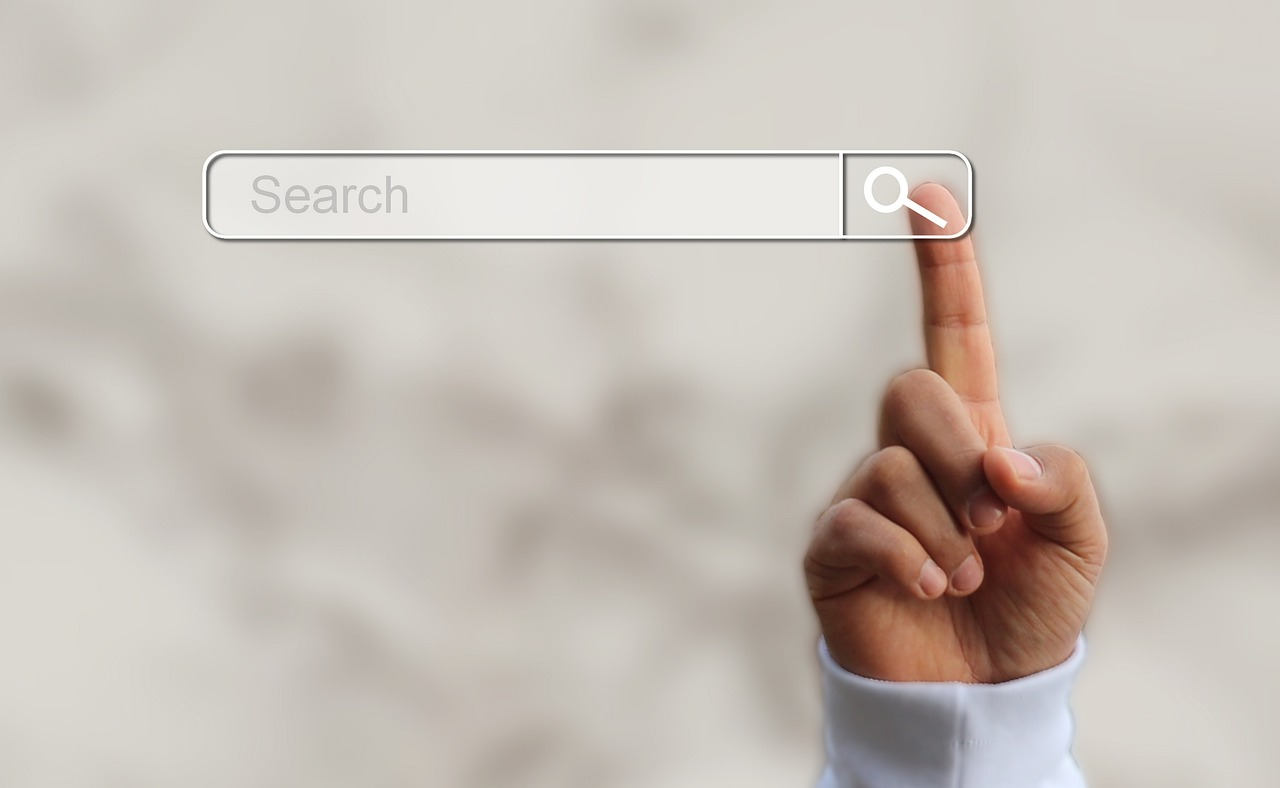
User experience has also a substantial impact on conversion rates. Websites that are easy to navigate, simple at checkout, and accessible from all devices provide the best chance of success for businesses seeking high conversion rate results.
Visitors should not be hindered by complex page structures or irrelevant menus but instead encouraged with an effortless journey – desktop, laptop, tablet, or mobile devices -to find what they need quickly and easily.
Product pricing and Availability
As an e-commerce shop owner knows, pricing and availability are key components in the customer conversion journey.
A store that offers competitive rates is more likely to convert visitors into customers; however, offering discounts can prove even more beneficial as buyers will be encouraged by perceived savings on offer.
On the flip side, high prices could dissuade shoppers from making a purchase if similar products at cheaper costs can be sourced elsewhere – it’s important for retailers to stay aware of their competitor’s offerings.
Having the right products available is essential for success. An out-of-stock product could cause paying customers to shop elsewhere, costing potential revenue.
Real-time inventory updates and backorder options can reassure shoppers of their purchase and maximize conversion rates in the long run.
Shipping and delivery options
Shipping and delivery options are a crucial part of the equation when it comes to improving conversion rates.
Offering clear, convenient shipping solutions can be great for customer experiences – such as free shipping or expedited/ international ones – while real-time cost calculations along with the estimated date of arrival will make customers more likely to click that purchase button due to trust in your store.

Offering customers clear and convenient shipping options that understand their needs is a great way to increase conversion rates.
Whether you are providing free, expedited, or international delivery services; displaying real-time cost calculations and estimated delivery dates helps build customer trust while also improving the overall purchasing experience.
Providing flexible yet reliable shipping can make all the difference in creating loyal customers.
Providing convenient delivery options can vastly improve the customer experience and lead to higher conversion rates.
Stores with limited or inflexible shipping opportunities, on the contrary, may struggle to capture visitors’ attention.
Investing in various modes of delivery such as same-day pickup and fast shipment could be decisive for an online store’s success.
Payment options
Payment options are vital to boosting conversions of Shopify stores.
By offering a range of payment methods, such as credit cards, digital wallets, and alternative solutions like PayPal or Apple Pay, customers can have more flexibility when making purchases.
Plus, secure payments via SSL encryption help build customer trust in your store for greater conversion rates!
The goal is always maximum convenience with fast checkout times that don’t cause any hassle so everyone enjoys their shopping experience from start to finish.
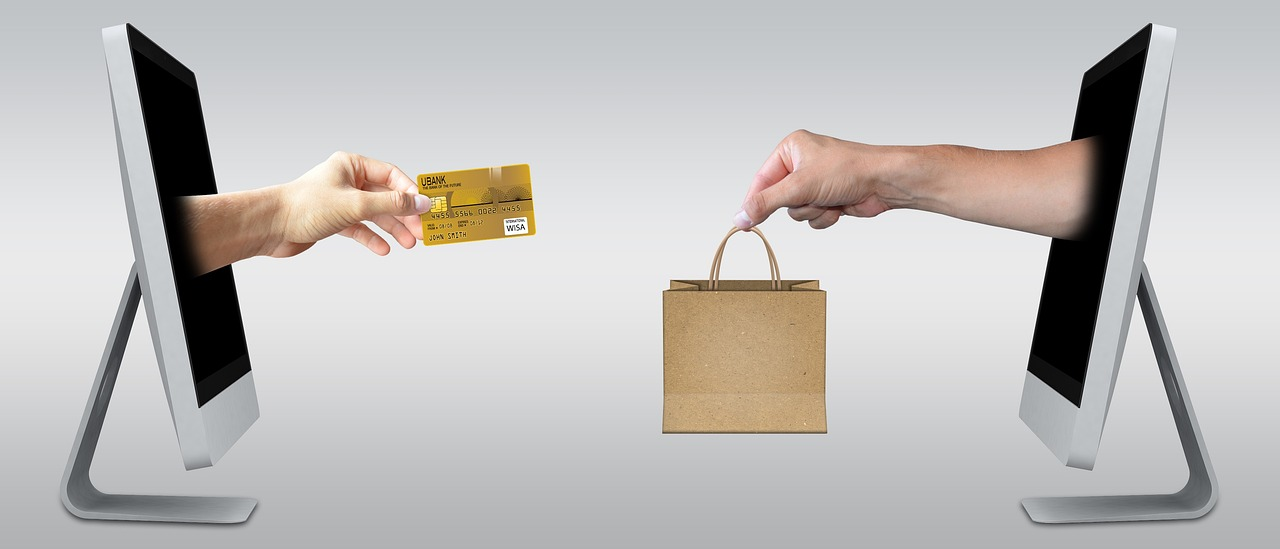
When it comes to increasing conversions for a Shopify store, offering multiple payment options is key.
Giving customers the choice and flexibility of traditional credit/debit cards and digital wallets like PayPal or Apple Pay can provide an easy, secure checkout experience – making them more likely to make purchases.
With SSL encryption ensuring safe transactions too, providing various ways to pay increases customer trust in your business which only adds up towards improved conversion rates!
Customer Trust and Security
Shopping online can be a daunting experience for customers, so building trust and providing security are essential components to gaining their confidence.

With the right measures in place – like SSL encryption, secure checkout pages, and badges from trusted providers – stores can give shoppers peace of mind that makes them more likely to convert into paying customers.
By taking these steps towards creating an atmosphere of assurance while shopping on your platform, you’re sure to see positive results when the time comes to calculate the conversion rate!
To create a more reliable shopping experience, Shopify stores can foster customer trust by presenting clear and easy-to-understand policies. This includes privacy agreements, return procedures, as well as contact information for any help needed along the way.
By providing customers with all this critical info up front they are much more likely to make a confident purchase that satisfies their needs.
2.) Industry Benchmarks
Average Conversion Rates for eCommerce
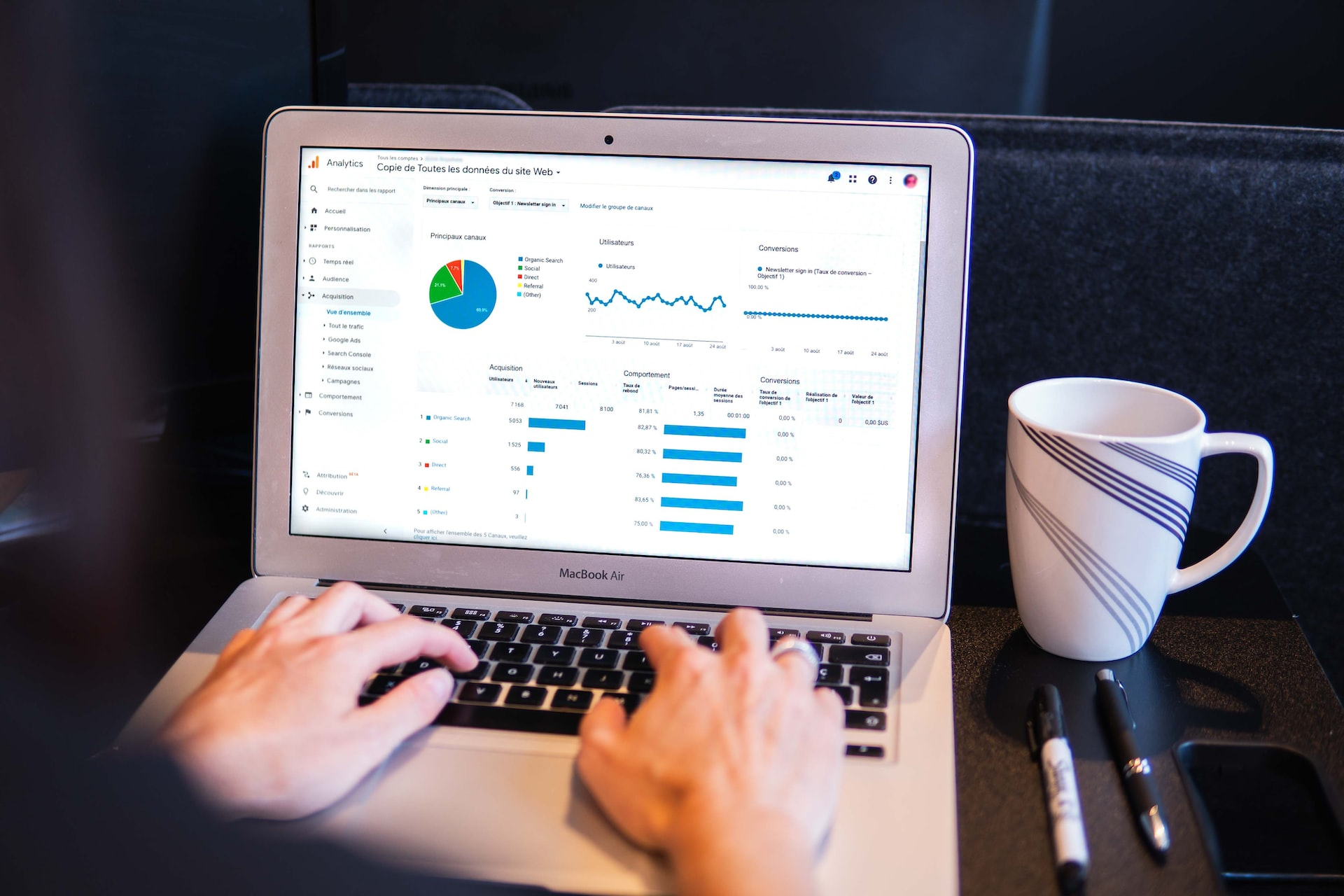
Shopping online has been exploding in popularity over the past few years, but whether or not an eCommerce business will be a success depends on its ability to turn browsers into buyers.
On average, stores that sell fashion and apparel have conversion rates of around 1-2%, while those selling electronics fare better nearly 3-4%.
But when it comes to B2B eCommerce transactions – such as contracts for services – businesses can enjoy impressive returns of upgrade 4%-6%.
To ensure the success of an individual store, it’s essential to consider more than just average conversion rates.
Each shop has its own unique circumstances that can influence performance such as navigation and site structure, product range and cost, payment options for customers, how fast goods are shipped or delivered plus trustworthiness and safety assurances from your business. See our case studies for some great examples of changes you can make.
Average Conversion Rates for Shopify stores
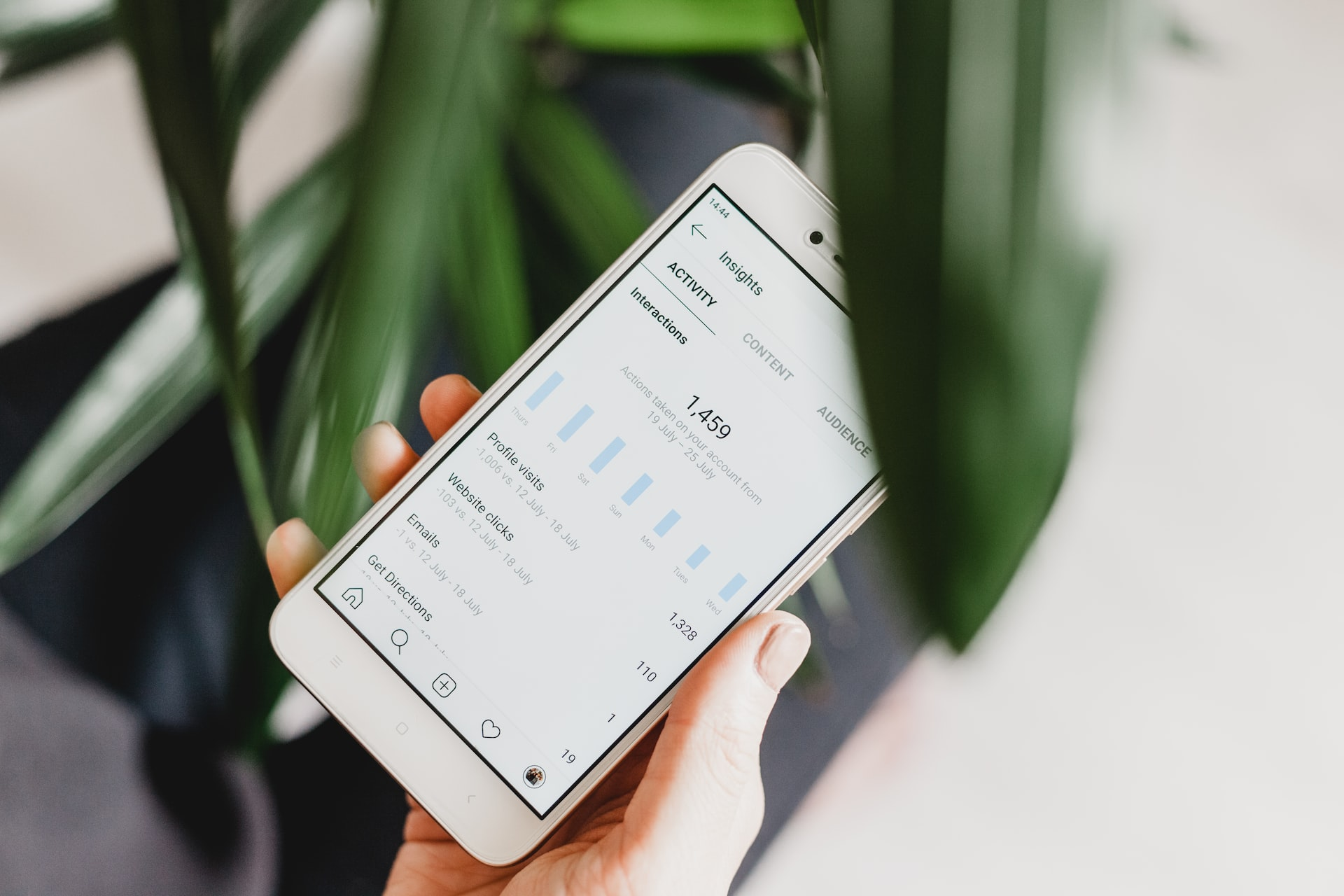
Conversion rates are an important indicator of a store’s success, but they can vary wildly based on niche and customer demographics.
On average though, Shopify data indicates that stores enjoy around a 2% conversion rate – however, this shouldn’t be taken as gospel since individual shops may have higher or lower than average numbers depending on their product offerings and website design.
To boost their business, Shopify stores should focus on optimizing key factors such as website design and user experience.
Additionally, product pricing & availability along with shipping options must be attractive to customers for them to take the plunge at checkout and to lessen the likelihood of shopping cart abandonment.
Further ensuring secure payment methods plus adding an extra layer of trustworthiness can also increase conversion rates significantly.
Finally, analyzing quantitative and qualitative data regularly and making informed decisions is essential in order to continuously improve performance -all driving towards a successful shop!
3.) Improving Conversion Rates for Shopify Stores
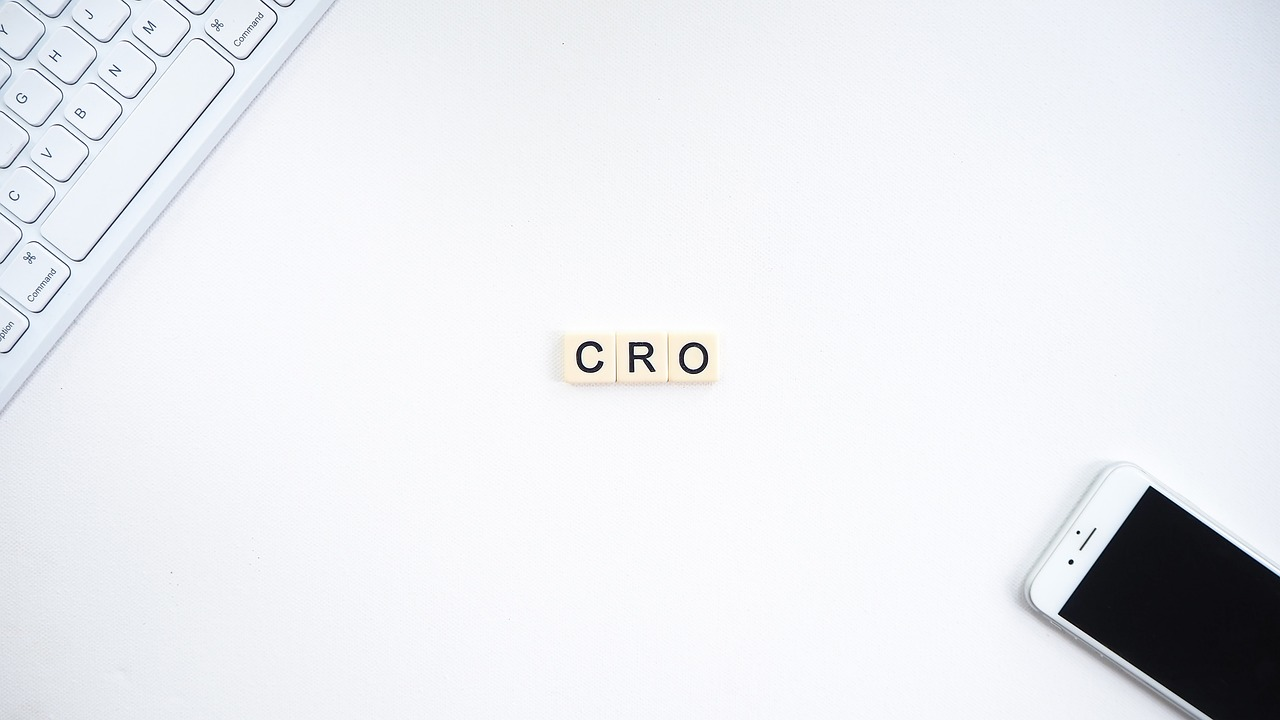
Try the A/B Testing Method on Your Landing Page
A/B testing or split testing is a powerful method of comparing and optimizing digital assets to get the best results.
It works by splitting visitors into two groups that each view a different version of an asset, such as a website page or landing page.
During the testing phase, one group will see version A while another sees B; whichever performs better can be determined by gathering data like the website’s conversion rate over time.
With this approach, high traffic sites have been able to maximize their web traffic for years – giving them a step up on the competition!
Optimizing Product Pages for Your Website Visitors

Optimizing product pages is essential to get the best out of your Shopify store. To do that, it’s important to pay attention to descriptions, prices, and availability.
Make sure you provide a detailed rundown for buyers about what features & benefits come with each item in your shop – as well as its specs.
Accompanying visuals like images and videos can help take things up a notch; plus make sure pricing reflects market competitiveness too, don’t forget consistency when informing customers on stock status which will play an integral role in supplementing their buying decision-making process.

Increase your sales potential by providing customers with related products that enhance their purchase. Present a range of payment and delivery choices – highlighting costs for each option – to make sure shopping is convenient for them.
Shopify stores can enhance the customer experience and maximize their sales potential by optimizing web pages.
With statistical data analysis, store owners are able to identify areas for improvement in order to create more engaging experiences that drive higher levels of conversion.
Offering Incentives and Discounts on your Landing Pages
Offering incentives and discounts can be a surefire way to get shoppers to click “buy” on your ecommerce site.
If you’re looking for creative ways to increase conversion rate, consider these tried-and-true tactics: offering free shipping or discounting items that are about to expire – just two of the many options at your disposal.

Get customers excited with time-sensitive discounts or promotions. Creating a sense of urgency increases the chances that customers will make purchases, so don’t miss out on this great opportunity.
Attract new customers, reward repeat purchasers, and encourage larger purchases with special incentives.
Offer discounts to entice first-time shoppers, loyalty programs for returning visitors, and free shipping when you spend a certain amount—all great ways of boosting sales!
Don’t forget about abandoned cart emails either: use them as an incentive to convert visitors into buyers by offering exclusive deals that are hard to refuse.
Improving Customer Service

To maximize your site’s conversion rate, providing excellent customer service is essential.
A few ways to do so include offering Live Chat Support for quick answers and inquiries; responsive Email Support with accurate information; a Knowledge Base or FAQ section that pre-answers customers’ questions; Phone Support allowing direct contact between the business and their customers; an Order Tracking system enabling shoppers to check up on purchases they have made online as well as clearly outlining your Return Policy which should be simple yet effective in accommodating site visitors too.
AB Split Testing Software FAQ

What is AB Testing?
The art of evaluating two distinct versions of a product, service, or marketing campaign in order to determine which one yields better results, A/B testing is a highly regarded methodology in the industry. The process encompasses randomly separating a subset of consumers into two groups, with one group (the control group) being subjected to the original version, while the other (the experiment group) experiences the variation. The effectiveness of each iteration is then meticulously analyzed and compared based on critical performance indicators like clicks, increase conversions, bounce rate, and more.
The ultimate objective of A/B testing is to uncover which version is more successful in accomplishing the desired outcome, and to make informed, data-driven decisions regarding modifications or improvements. A/B testing is extensively employed across various domains, including website design, marketing, and product development, to enhance the user experience and generate business success.
How do you implement split testing?
A/B testing often referred to as testing, is a comprehensive process for determining the optimal variant among two or more possibilities of a product or marketing campaign by comparing existing website traffic or performance. To execute a split test:
-
Clarify the objective: Define the intended aim of the test and what outcome is sought.
-
Identify the criterion: Choose a metric that will be used to gauge the success of the test. This could include clicks, conversions, bounce rate, or any other relevant metric.
-
Assemble the alternatives: Generate various iterations of the product or marketing campaign that will be subjected to the test.
-
Partition your audience: Segment your audience into two or more groups, with each group receiving a different version of the product or campaign.
-
Conduct the experiment: Run the test for a substantial period, allowing enough time to gather meaningful results. This duration will vary based on the size of the audience and the volume of traffic.
-
Analyze the findings: Utilize statistical methods to scrutinize the results of the test and determine which version performed the best.
-
Implement the successful variant: Based on the results, implement the winning version of the product or marketing campaign.
It’s imperative to keep in mind that split testing necessitates comprehensive planning and data analysis to guarantee that the outcomes are trustworthy and can be acted upon.
4.) Conclusion

Summary of key points for Conversion Optimization
For Shopify stores, maintaining a good conversion rate is essential for generating revenue. Crafting an optimized website with a user-friendly design and fast loading speeds can give shoppers the best possible browsing experience.
Additionally, optimizing product pages by including accurate descriptions; competitive pricing; availability information; reviews from customers or influencers; and related product recommendations are great ways to get more website traffic.
With incentives and discounts, Shopify stores can draw in customers with special offers that entice website visitors to take the plunge.
By providing high-quality customer services like live chat support, comprehensive order tracking, a knowledgeable knowledge base, and a clear return policy – merchants have all they need to build trust between themselves and their patrons which leads to higher conversion rates resulting in greater revenue while also boosting satisfaction levels of buyers by using some conversion rate optimization tools.
What’s more? Increased loyalty is just one added bonus!
Final Thoughts on Achieving a Good Conversion Rate for Shopify Stores.
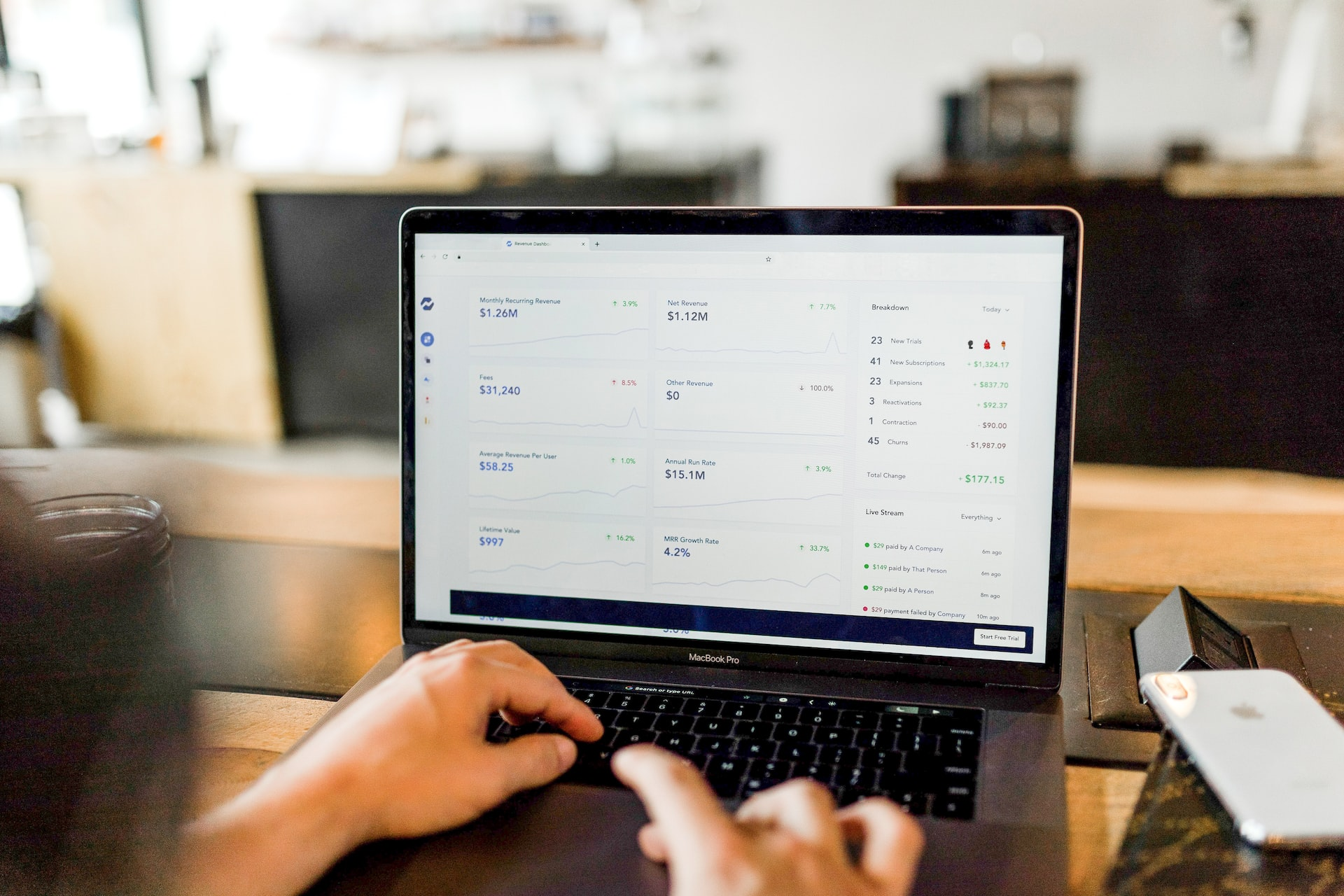
To reach a goal of increased revenue, Shopify stores must focus on creating an ideal customer journey.
This means providing your target audience with intuitive website design and user experience capabilities, pricing that is attractive yet realistic for offered products, shipping/delivery options tailored to the business needs as well as those of their purchasers’, and convenient payment methods both online and in-store (if applicable), trustworthiness through secure data management practices, and continuous optimization efforts all work together towards achieving optimal conversion rates by some conversion rate optimization tools.
With the market and competition ever-changing, conversion rates can vary significantly. To run a successful Shopify store it’s important to continuously analyze your existing traffic so you know when conversion rate optimization is needed in order to keep customers interested.
Don’t forget: success depends on staying ahead of seasonal trends & reaping all the rewards that come with maintaining a high conversion rate!








